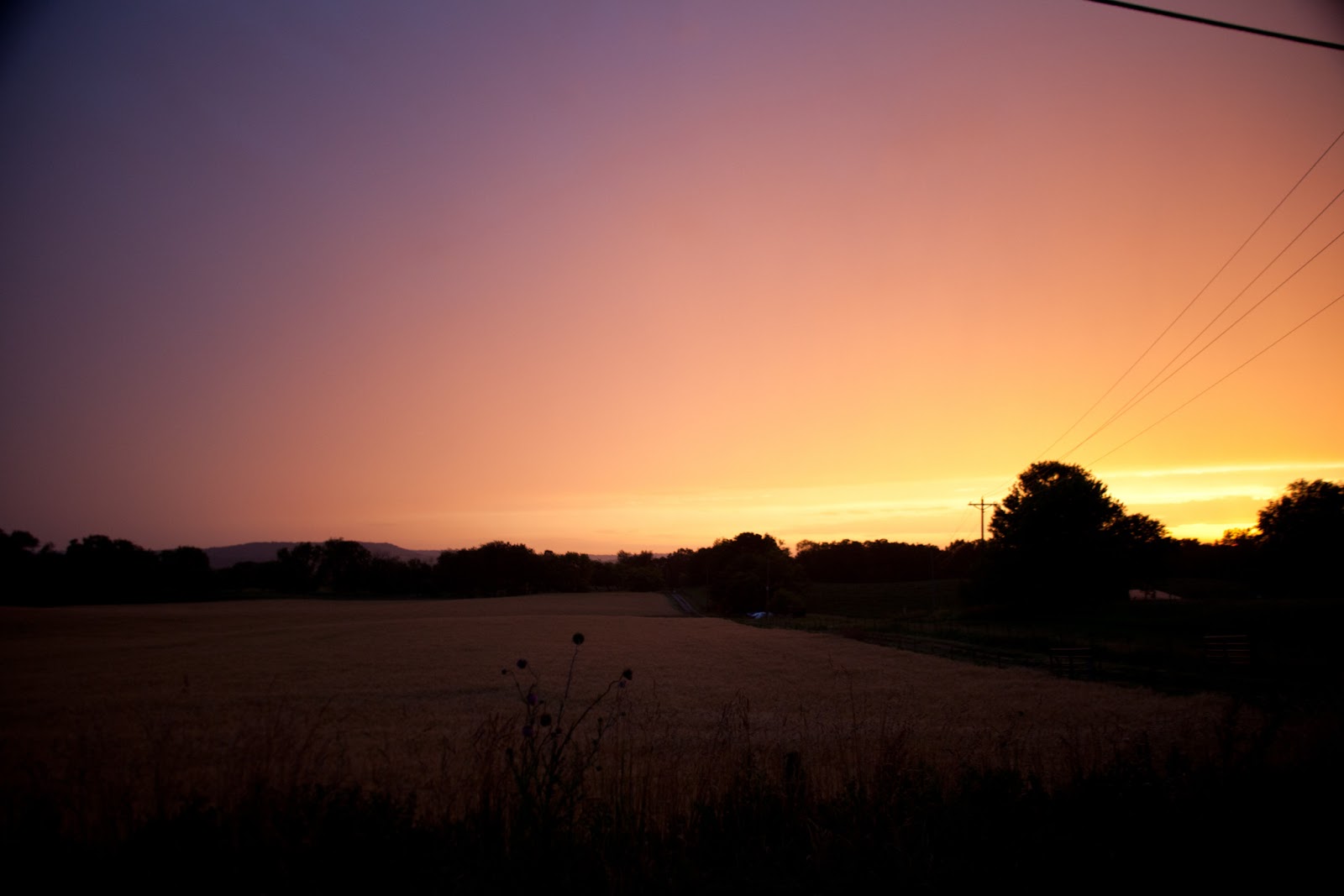Although Georgia is undeniably awesome (see proof
here,
here, and
here), Savannah does not have the easiest climate for vegetable gardening. I often hear experienced gardeners who have recently moved to the lowcountry express confusion and frustration about the growing conditions. There are both problems and advantages of growing food in this region, and some of the problems can be addressed with a little insider knowledge.
1) The soil here is acidic.
Most of the United States experiences acid rain which can alter the pH of soil. However, the soil here is acidic to begin with. Leaf litter from pine trees lowers the pH of soil, causing is to be more acidic. Many experienced gardeners know that mulching their gardens helps to contain moisture, enhance the aesthetics of the space, and control the weeds. However, mulching with pine mulch, the most common local mulch, can cause the soil to become even more acidic. If you mulch, use oak or tree mulch that tends to be less acidic. Some gardeners add a bit of lime to the soil as well.
2) The peak of the summer is really hot.
July and August can be pretty sweltering in the lowcountry. A lot of crops suffer in the intense heat. Sometimes, the plants will tough it out if they get lots and lots of water. However, certain crops are nearly impossible to grow well in that kind of heat. Tomatoes, for instance, usually develop cracks if they are given enough water to survive that kind of heat. Here's how to reap a heavy harvest despite the heat. Start your more sensitive plants early or late. Savannah is cold for so few months out of the year that I try to cultivate 2 major seasons. You can usually start your tomatoes (and other sensitive plants) as early as late March. You'll get a good harvest before it gets hot. If they are especially hardy, you may even get veggies throughout the heat. Plant a new batch of seedlings in August, and put them in the ground in September. You can also try your luck with hardy varieties. Most eggplants and watermelons grow exceptionally despite the heat.
3) Grass grows like a house on fire.
Most grass species can perform C4 photosynthesis. Basically, it's an advantageous process in hot conditions. While C3 plants (essentially, the basic method of performing photosynthesis) suffer, they thrive. They can crowd your already struggling plants and make weeding a nightmare. Use oak, or other higher pH trees, mulch. Also plant cover crops like buckwheat in unused areas. This will keep the grass at bay, and buckwheat fixes nitrogen so it fertilizes your soil while weeding it for you.
4) Corporate stores are less strain savvy.
Certain varieties of vegetables are specialized for different areas. Ask anyone who owns or operates a mom-and-pop garden stores for their recommended varieties. They usually have valuable suggestions for time-tested varieties. Home Depot and Lowe's often decide which plants to stock on a corporate level instead of a local level. This means that the people picking plants for the stores to sell don't always know the climate and soil nuances of the regions where the stores are actually located. Research varieties and request them if the stores don't have them.
Hopefully this helps to demystify lowcountry gardening. Do you have any tips or favorite varieties of crops? I'd love to hear about them!















